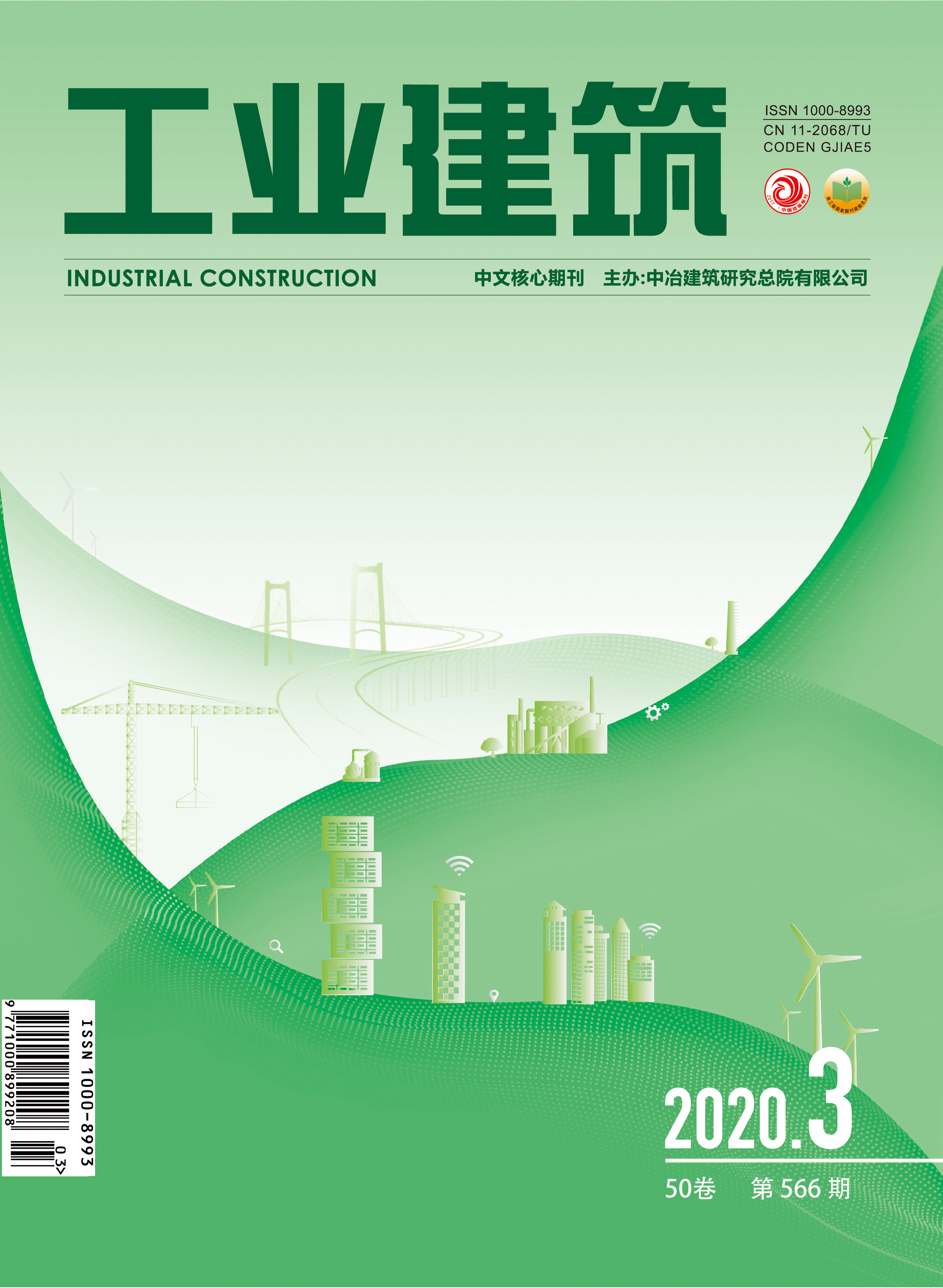|
冷发光, 周永祥, 王祖琦, 等. 高性能混凝土发展与应用[J]. 建筑科学, 2018, 34(9):76-81.
|
|
姬永生, 袁迎曙. 干湿循环作用下氯离子在混凝土中的侵蚀过程分析[J]. 工业建筑, 2006, 36(12):16-19.
|
|
朱桂红, 田砾, 赵铁军, 等. 氯离子侵蚀混凝土有机硅防水处理有效性研究[J]. 建筑科学, 2007, 23(8):79-82.
|
|
李洪马, 潘志华, 陈阳义, 等. 水泥基材料水分传输的影响因素研究[J]. 混凝土, 2015(9):97-100.
|
|
贺智敏, 龙广成, 谢友均, 等. 蒸养混凝土的毛细吸水特性研究[J]. 建筑材料学报, 2012, 15(2):190-195.
|
|
刘世, 刘海卿, 王锦力. 煤矸石掺量对混凝土毛细吸水特性影响的试验研究[J]. 硅酸盐通报, 2017, 36(12):4313-4318.
|
|
鲁良辉. 多添加环境下混凝土的毛细吸水试验研究[J]. 科技通报, 2016, 32(10):98-102.
|
|
MARTYS N S, FERRARIS C F. Capillary Transport in Mortars and Concrete[J]. Cement and Concrete Research, 1997, 27(5):747-760.
|
|
HALL C.Water Sorptivity of Mortars and Concrete:a Review[J]. Magazine of Concrete Research,1989, 41:51-61.
|
|
马志鸣, 赵铁军, 朱方之, 等. 掺硅烷乳液制备整体防水混凝土的抗冻性试验研究[J]. 新型建筑材料, 2012, 39(7):53-55.
|
|
邱继生, 郑娟娟, 关虓, 等. 冻融损伤下钢纤维煤矸石混凝土的毛细吸水性能[J]. 科学技术与工程, 2018, 18(16):256-261.
|
|
LIU, WANG D M, SONG S M, et al, Research on Durability and Micro Structure of High Volume Fine Mineral Mixture of Reactive Powder Concrete[J]. Journal of Wuhan University of Technology, 2008, 30(11):54-57.
|
|
孙世国, 鲁艳朋. 超高性能混凝土国内外研究进[J]. 科学技术与工程, 2018, 18(20):184-199.
|
|
王月, 安明喆, 余自若, 等.活性粉末混凝土力学性能研究现状[J]. 混凝土, 2013(12):21-26.
|
|
WANG Y, AN M, YU Z, et al. Impacts of Various Factors on the Rehydration of Cement-Based Materials with a Low Water-Binder Ratio Using Mathematical Models[J]. Construction and Building Materials, 2016, 125:160-167.
|


 Login
Login Register
Register E-alert
E-alert







 DownLoad:
DownLoad: